
SIGHTSEEING
[Nijo Castle](20 min walk from the hotel)
Nijo Castle was built by Tokugawa Ieyasu in 1603 and was used as a lodging house for shoguns traveling to Kyoto and guarding the Kyoto Imperial Palace.
It is also famous for being the site of the 1867 "Taisei-Hokan (Return of political power to the Emperor)" and was registered as a UNESCO World Heritage Site in 1994.
The Ninomaru-goten has many highlights, such as a corridor with a "Uguisu-bari (corridor used for warning that the enemy has entered)" wall and barrier paintings by the Kanou school, and is a gorgeous and gorgeous structure.
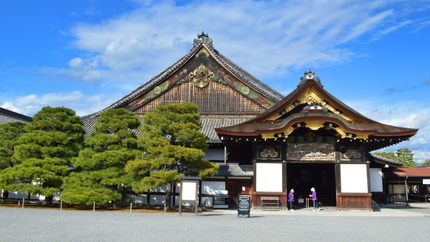
[Chohoji Temple (Rokkakudo)]
(6 min walk from the hotel)
Chohoji Temple, also known as the birthplace of Ikenobo ikebana, was founded by Prince Shotoku in 587.
It has long been said that Tingho-ji Temple is the center of Kyoto, and a "navel stone" has been placed on the temple grounds to signify this fact.
It has been called "Rokkakudo" or "Rokkaku-san" because of the hexagonal shape of the main hall. Many events such as ikebana exhibitions and festivals are held here.

[Nishi Honganji Temple]
(19 min from the hotel by bus & on foot)
Nishi Honganji Temple, nicknamed "Onishi-san," is home to a number of national treasures and important cultural assets that represent the Momoyama culture, including the Amida-do Hall and the Miei-do Hall, the largest wooden structures in Japan, the spectacular Karamon Gate and the Hiun-kaku, which are both worth seeing.
It is a popular place among Shinsen-gumi fans, as it was used by the Shinsen-gumi as a post at the end of the Edo period.
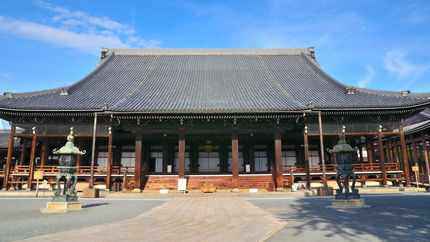
[Kamogawa River, Kawadoko]
(22 min walk from the hotel)
The Kamogawa River, which is approximately 31 kilometers long, has long been a favorite of the citizens of Kyoto.
The riverbanks have been crowded with entertainments and peddlers since the Edo period, when merchants set up seats on the riverbanks, which is said to have been the origin of kawadoko. Today, the "Kamogawa River Noryo-yuka" is a summer tradition in Kyoto, and is divided into four areas: the Kamikiya-machi, the Ponto-cho, the Saiseki, and the Shimokiya-machi, lined with stores of various genres, including Japanese, Western, and Chinese food.
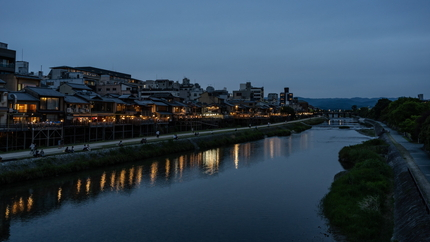
[Gion Higashiyama](22 min walk from the hotel)
Gion Higashiyama, where the standard Kyoto areas such as Ninen-zaka and Sannen-zaka slopes from Kiyomizu Temple, Hanami-koji with its teahouses, and Yasaka Shrine are concentrated, are home to many traditional buildings and cultural assets that give the area a distinctly Kyoto flavor.
With restaurants and souvenir shops lining the street, it is an ideal place for strolling.
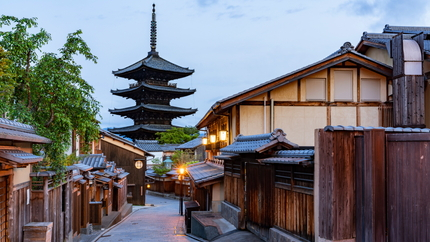
[Gion Festival]
The festival is said to have a history of more than 1,000 years, beginning as a way to quell an epidemic, and a variety of Shinto rituals are held from July 1 to 31, with the "Yamaboko event of the Kyoto Gion Festival" registered as an intangible cultural heritage by UNESCO. The most impressive feature of the festival is the Yamaboko Junko (Yamahoko procession), a procession of colorfully decorated floats.
During Yoiyama, the entire town is filled with a lively atmosphere with stalls and food stands.
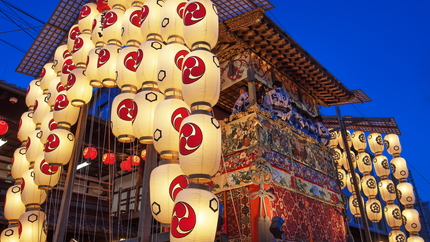
[Nishiki Market](9 min walk from the hotel)
Known as "Kyoto's kitchen" for its fresh, seasonal produce, Nishiki Market is said to have a history of over 400 years, and in 1993 a new 390-meter-long arcade was completed, allowing visitors to enjoy a pleasant stroll even on rainy days. In Nishiki Market, including the shutters of the stores, there are paintings by Jakuchu Ito, the "artist of strange ideas," which have become increasingly popular both in Japan and abroad in recent years.
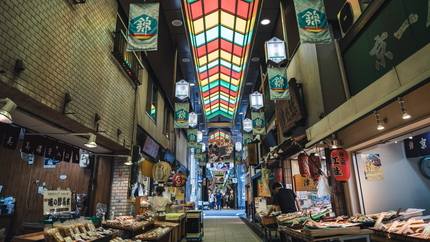
[Kyoto Imperial Palace](21 min walk from the hotel)
With a history dating back to the Heian period, it served as the residence of the emperor for about 500 years beginning in 1331. The Imperial Palace includes Shishin-den, Seiryau-den, Kogosho, Ogakumon-sho, and Otsune-goten, where visitors can experience the history and culture of Japan's imperial family. In the Gosho-Gyoen, visitors can enjoy seasonal flowers, and in spring, the Demizu cherry blossoms and Kuruma-kaeshi cherry blossoms are especially famous.
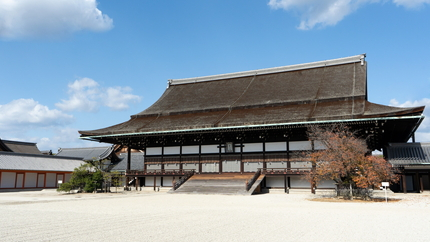
![HOTEL VISTA PREMIO KYOTO NAGOMITEI [Official] | Sightseeing](https://www.hotel-vista.jp/admin/img/upload/66d00bfa-a05c-4259-80f4-4dfba42e762b.png)

![HOTEL VISTA PREMIO KYOTO NAGOMITEI [Official] | Sightseeing](https://www.hotel-vista.jp/admin/img/upload/66da96d1-ccf0-43c4-aff7-6adea42e762b.png)